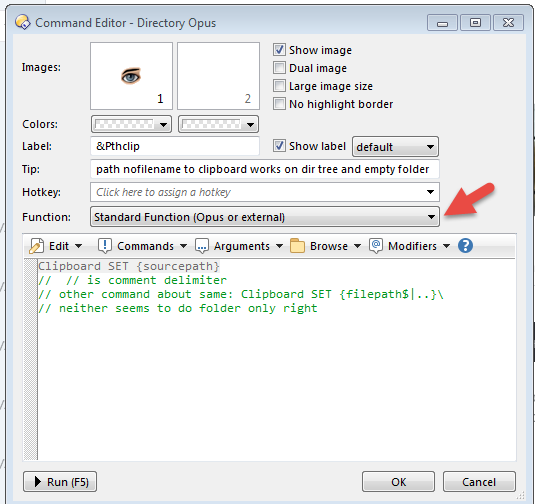

The screenshot below shows an example of both entries.Ĭreating a new Linked folder within Windows Explorer Extending Links and troubleshooting connections ^ In the Target path, enter your mapped drive’s UNC path. Because our environment still uses Home Folders for UE-V, I specified U:\Links\Shortcutname.lnk. For Name, enter a complete path that would place your shortcut in the logged-on user’s Links folder. Instead of choosing a built-in Preference entry, select. The Group Policy Preference Explorer Favorites location is for Internet Explorer, not Windows Explorer. This entry actually resolves to the current user’s Internet Explorer Favorites folder, not the Windows Explorer (Links) favorite folder. When selecting the shortcut location, steer clear of the Explorer Favorites entry. Within your GPO, navigate to User Configuration/Preferences/Windows Settings/Shortcuts and create a new shortcut. Second, you will want to use Group Policy Shortcut Preferences to prepopulate shortcuts. Because the Links folder didn’t exist in Windows XP, your older clients will be unable to take advantage of this data access. Using folder redirection to store Links on a network shareĮnter your target server and folder (like the screenshot above). In a GPO Linked to your users, navigate to User Configuration/Policies/Windows Settings/Folder Redirection. By redirecting the Links folder, your users will have access to their shortcuts no matter which machine they use. First, you much use folder redirection and redirect the Links folder to a network share. There are two requirements to this approach. Connecting resources this way means never worrying about a drive not mapping! Because they are UNC based, malware tend to not take advantage of them. These Links are easier to access because they are always in the top left of Explorer. Currently we use %homedrive%%homepath%, but that gives us the mapped drive version.Instead of mapping drives with Group Policy Drive Mapping or logon scripts, users receive Link shortcuts. Am I just asking for trouble here? * We need a robust UNC based method of finding a users home directory. For example, sometimes my python script can do os.chdir(r'z:\\documents') on a compute node.

This, in combination with the ban on mapped drives, means that if an executable is on a shared drive, you have to give its UNC path at the command line: \\server\share\program.exe * Are drives simply never mapped on the compute nodes? From my tests, it looks like sometimes they are. * It looks like the %PATH% environment variable is completely ignored when finding executables run by tasks.

I am still trying to figure out what parts can and can't handle UNC paths, but this looks like this might be a huge issue for us. * But, the environment variables get set correctly (%CCP_WORKDIR%) * But muchof Python cannot handle UNC directories. * But, cmd.exe doesn't accept this so it defaults the working dir to C:\Windows. Are the following correct descriptions? * It looks like you have to use a UNC path for the working directory, rather than a mapped drive. I want to make sure I understand the issues related to paths. In particular we have a command line program that we want to use to submit parallel Python jobs for users (it is actually more complicated than that, but from the scheduler perspective, that is it). We are trying to enable an open source Python project (IPython: ) to work with the scheduler. This turning out to be a huge problem for us. Hi, I have read through the previous threads about some of the issues related to UNC paths, Python, etc.


 0 kommentar(er)
0 kommentar(er)
